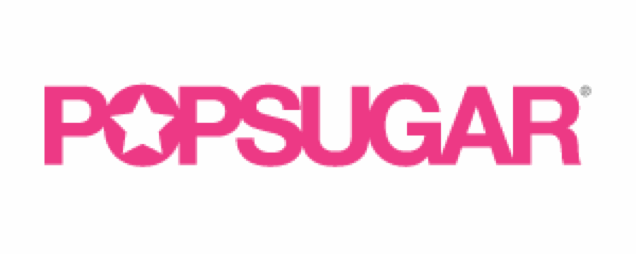
The new it-thing with publishers is vertical integration. Companies like Vox Media, Gawker Media and BuzzFeed boast that they’re doing it all — tech, content, ad systems — rather than just confining themselves to content and outsourcing the rest.
PopSugar, founded back in 2006 and backed with $46 million in venture capital, is a veteran at this approach, running a network of sites across fashion, beauty, entertainment and culture that reach about 10 million U.S. visitors a month, about 65 percent of whom are women, according to ComScore. Its bet is that it can create a competitive advantage by marrying content and technology.
This has allowed Sugar to diversify beyond advertising. In fact, advertising makes up a little less than half its revenue with commerce accounting for the rest. For instance, the company recently launched PopSugar Must Have, a monthly subscription service with various products. It also is launching an updated QVC approach with a shopping show, launch date unknown, which has hosts gushing over the latest exclusive deal or product that PopSugar is pushing.
“We have a pretty vibrant revenue stream from the display advertising and sponsorships that we do,” said Sugar CEO Brian Sugar. “But we think we can further the revenue we make with the variety of different activities that we do.”
Sugar was born out of a marriage of Silicon Valley and Madison Avenue. After a 2005 Oscar-party conversation with Om Malik, Sugar and his wife Lisa started toying with the idea of doing “a Conde Nast in blog format.” Brian downloaded WordPress and began to code; Lisa began to blog. In 2006, they raised $5 million from Sequoia Capital and most recently, in 2011, a $15 million late-stage round with Institutional Venture Partners and Sequoia.
The company is committed to tech in a way most publishers are not. According to Sugar, 20 percent of its 250 employees are in product development. The company built its own CMS, writes its own mobile apps and built its own video player. It describes itself as a “digital commerce, original content and global media company.”
“We believe if it’s a core competency, we need to build it,” said Sugar, who is a coder. “We build a lot of stuff here. I don’t know how a media company exists without being a media technology company.”
The problem is Sugar isn’t that large. In six years, it has reached 10 million uniques, making it just the No. 158 site on the ComScore 500. A female-oriented network like Glam reaches 80 million. Amanda Betsold, a group director at Universal McCann, noted that it has “not quite the scale we look for in a women’s network.” That leads to Sugar selling deals not on CPMs but rather as flat-rate packages. This hurts the network, noted Betsold, who sees it as more as a “middle-of-the-road performer” than as a “must-buy.”
It still draws buys from top brands thanks to its ability to craft custom campaigns and its female-skewing lifestyle-oriented audience on sites like its flagship entertainment site, PopSugar. It’s also got a 50-person sales force that’s active, calling on agencies and doing the kind of glad-handing with custom events
“Each campaign is crafted based on the specific goals and objectives of the advertiser,” said Kristine Munsen, digital director at MindShare. “From a marketer’s perspective, this is key as you know that your campaign will not be a modified version of your competitors’ and that a cookie-cutter approach is not being implemented. In addition, they provide a high level of customer service.”
Sugar sees digital media companies heading towards an integrated model — from the relationships between content and advertiser, but also from distribution and technology.
“To me, that is ultimately what the Internet is doing, so the completely vertically integrated players win,” Sugar said.
More in Media

With Firefly Image 3, Adobe aims to integrate more AI tools for various apps
New tools let people make images in seconds, create image backgrounds, replacing parts of an image and use reference images to create with AI.

Publishers revamp their newsletter offerings to engage audiences amid threat of AI and declining referral traffic
Publishers like Axios, Eater, the Guardian, theSkimm and Snopes are either growing or revamping their newsletter offerings to engage audiences as a wave of generative AI advancements increases the need for original content and referral traffic declines push publishers to find alternative ways to reach readers.

The Guardian US is starting its pursuit of political ad dollars
The Guardian US is entering the race for political ad dollars.





